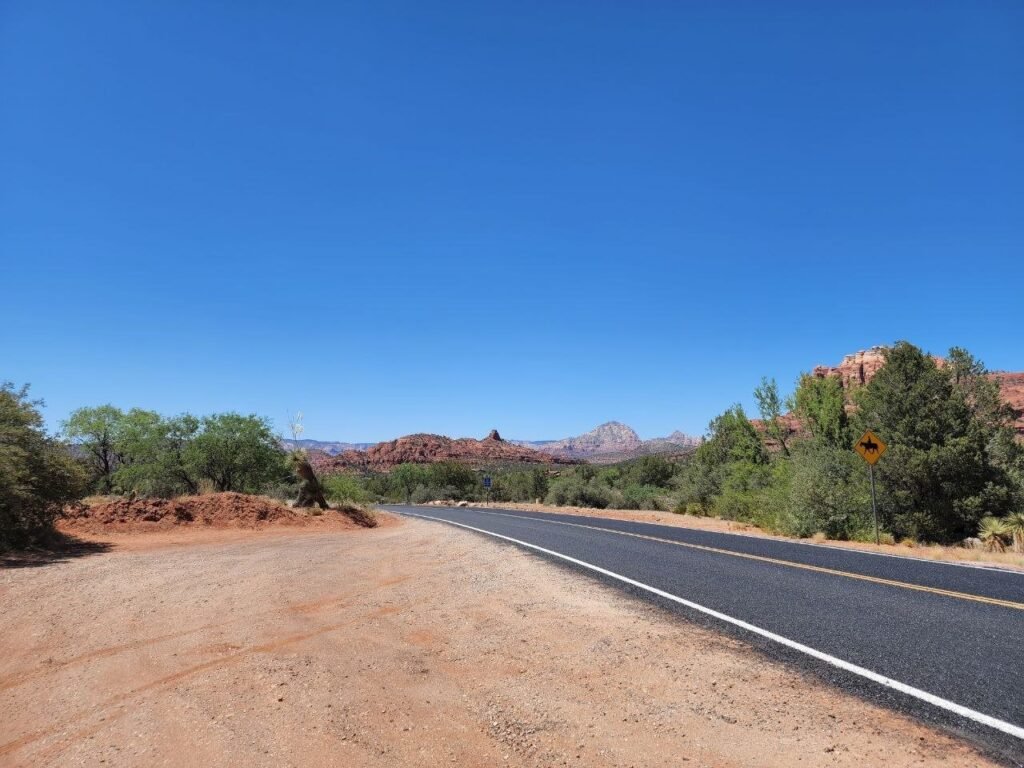The Process
Our water pipes are made from ethically-sourced horns and exotic woods, with high-quality glass downstems and finishes. Interested in the full process? Here it is, straight from the artisan, Neil.

Each Pipe is Unique
After the horn has been cut and the downstem and bowl placed, I coat the inner body of the horn with food-grade epoxy to keep the porous horn separate from the water in the pipe. I then look at my hardwood collection to find the best pairing between horn and wooden base—each one is different, and it’s important to make sure the pipes are aesthetically pleasing as well as useful. If it suits the pipe, I use stone inlay, small plaques, or decorative medallions to decorate the base. Then the precision work begins as I carve the base into the desired shape and seat the horn properly in the wood. It takes some experience to figure out exactly how to size and align the horns to keep them stable, but I’ve got it down by instinct.
Each Pipe is Unique

After the horn has been cut and the downstem and bowl placed, I coat the inner body of the horn with food-grade epoxy to keep the porous horn separate from the water in the pipe. I then look at my hardwood collection to find the best pairing between horn and wooden base—each one is different, and it’s important to make sure the pipes are aesthetically pleasing as well as useful. If it suits the pipe, I use stone inlay, small plaques, or decorative medallions to decorate the base. Then the precision work begins as I carve the base into the desired shape and seat the horn properly in the wood. It takes some experience to figure out exactly how to size and align the horns to keep them stable, but I’ve got it down by instinct.
Start with the horns

When I get the horns, I first look them over to check out the patterns, the grain, and the angle of the horn. This last part is relevant to the future bowl placement. I then cut the top of the horn at a place which works best for smoking—not too angled, not too low. Later, I turn these horn tips into plungers, and the rest of the cut-off horn makes the downstem holder. Working with the unique dimensions of each horn, I then fashion the downstem and bowl. All parts of the horn are used in this process, and nothing goes to waste.
Start with the horns
When I get the horns, I first look them over to check out the patterns, the grain, and the angle of the horn. This last part is relevant to the future bowl placement. I then cut the top of the horn at a place which works best for smoking—not too angled, not too low. Later, I turn these horn tips into plungers, and the rest of the cut-off horn makes the downstem holder. Working with the unique dimensions of each horn, I then fashion the downstem and bowl. All parts of the horn are used in this process, and nothing goes to waste.

Make it Shine
Finally, the horn is finished with jewelry polish and coated with boiled linseed oil. The base is coated with safe, water-based polyurethane. The final product is both a piece of art and a smooth smoking bong.



